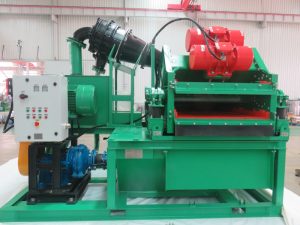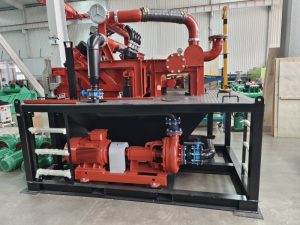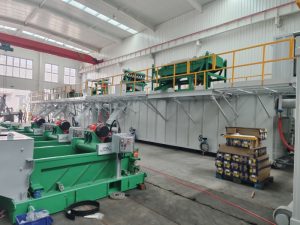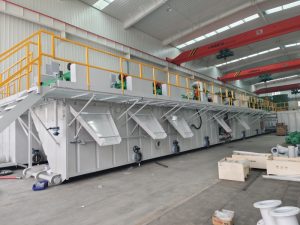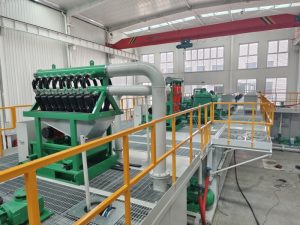In the realm of wastewater treatment, the importance of efficient and sustainable technology cannot be overstated. GN Dewatering Centrifuges, a cutting-edge solution in the field, have revolutionized the way sewage treatment plants (STPs) manage and treat wastewater. This comprehensive article delves into the intricacies of GN Dewatering Centrifuges, their applications in overseas STPs, and the benefits they bring to the global wastewater management landscape.
GN Dewatering Centrifuges, developed by GN Solids Control, are high-speed separators that utilize centrifugal force to separate solids from liquids. The principle of operation revolves around the faster rotation of solids compared to liquids, resulting in the separation of the two components. The centrifuges are designed with advanced features, such as automatic control systems, PLC programming, and intelligent monitoring, ensuring optimal performance and ease of operation.
Overseas STPs face unique challenges, from varying water quality to stringent environmental regulations. GN Dewatering Centrifuges have proven to be versatile and adaptable to these diverse conditions. They are employed in various stages of the wastewater treatment process, including primary clarification, sludge dewatering, and final effluent treatment. Their effectiveness in removing suspended solids and reducing sludge volume makes them an essential component in maintaining a sustainable and efficient STP operation.
a. Enhanced Treatment Efficiency: GN Dewatering Centrifuges significantly increase the speed of the treatment process, reducing the residence time of wastewater in the STP. This results in a more streamlined operation and higher throughput capacity.
b. Reduced Sludge Volume: By effectively dewatering sludge, these centrifuges minimize sludge disposal issues. Lower sludge volumes lead to reduced transportation and disposal costs, as well as less environmental impact.
c. Energy Efficiency: The high-speed operation of GN Dewatering Centrifuges allows for lower energy consumption compared to traditional dewatering methods, contributing to cost savings and sustainability.
d. Compliance with Regulations: GN Centrifuges meet international wastewater treatment standards, ensuring compliance with environmental regulations, particularly in regions with strict guidelines.
e. Minimal Maintenance and Durability: GN Dewatering Centrifuges are built with robust components and designed for longevity, reducing maintenance requirements and downtime, thus ensuring a continuous and reliable operation.
As the demand for sustainable and efficient wastewater treatment solutions grows, GN Solids Control continues to innovate and refine their dewatering centrifuges. Future developments will likely focus on further energy efficiency, automation, and integration with IoT (Internet of Things) technologies, enabling more sophisticated monitoring and control systems.
GN Dewatering Centrifuges have emerged as a transformative technology for overseas STPs, enhancing treatment efficiency, reducing sludge volume, and contributing to environmental sustainability. Their adaptability, compliance with regulations, and energy efficiency make them a compelling choice for STPs worldwide. As the global community continues to prioritize sustainable water management, GN Dewatering Centrifuges will undoubtedly play a pivotal role in shaping the future of wastewater treatment.


